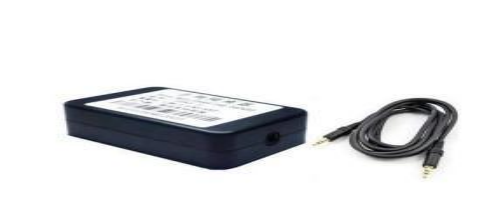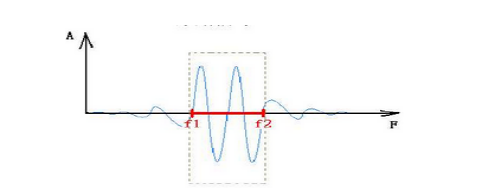Analysis of the working principle of anti-interference filter?
With the rapid development of electronic technology and the rapid increase of electronic equipment, the electromagnetic environment is deteriorating, and a large number of electronic equipment is difficult to work normally in this electromagnetic environment. The filter is the most commonly used method of anti-interference. It mainly suppresses the interference that directly enters through the circuit path. According to the frequency difference between the signal and the interference signal, filters with different performance are used to suppress the interference signal and improve Modular.

What are the anti-interference filters?
1.Low-pass filter
Low-pass filter refers to a circuit in a car amplifier that can pass low-frequency signals without passing middle- and high-frequency signals. Its role is to filter out the middle and treble components in the audio signal and enhance the bass components to drive the woofer of the speaker. . Because the vehicle power amplifiers are full-band power amplifiers, class AB amplifier design is usually used, and the power loss is relatively large. Therefore, filtering out low-frequency signals and only promoting mid-high frequency speakers are the best choice to save power and ensure sound quality. In addition, the high-pass filter and the low-pass filter often appear in pairs. Either way, it is to send a certain sound frequency to the unit to which it should go.
2.Band-pass filter
An ideal filter should have a completely flat passband. For example, there is no gain or attenuation in the passband, and all frequencies outside the passband are completely attenuated. In addition, the conversion outside the passband is at a very small frequency. The scope is complete. In fact, there is no ideal band-pass filter. The filter cannot completely attenuate all frequencies outside the desired frequency range, especially there is a range that is attenuated but not isolated outside the desired passband. This is commonly referred to as the roll-off phenomenon of the filter, and is expressed in terms of the attenuation in dB per decade. Generally, the design of the filter is to ensure that the roll-off range is as narrow as possible, so that the performance of the filter is closer to the design. However, as the roll-off range becomes smaller, the passband becomes less flat—a “ripple” begins to appear. This phenomenon is particularly pronounced at the edges of the passband, and this effect is called the Gibbs phenomenon.
3.Digital filters
Corresponding to analog filters, digital filters are widely used in discrete systems. Its role is to use the characteristics of the discrete-time system to process the input signal waveform or frequency. In other words, the input signal is changed into a certain output signal, so as to achieve the purpose of changing the signal spectrum.
4.Analog filter
Analog filters are a commonly used conversion device in test systems or special instrumentation. For example: a band-pass filter is used as a frequency selection device in a spectrum analyzer; a low-pass filter is used as an anti-mixing filter in a digital signal analysis system; a high-pass filter is used to remove low-frequency interference noise in an acoustic emission detector; The filter is used as a notch in an eddy current vibrometer, and so on.
5.Surface Acoustic Wave Filter
Surface acoustic waves refer to the propagation of acoustic waves on the surface of elastomers. This wave is called an elastic surface acoustic wave. Surface acoustic waves travel about 100,000 times slower than electromagnetic waves. Surface acoustic wave filter is a special filter device made of piezoelectric materials such as quartz crystal and piezoelectric ceramics, using its piezoelectric effect and the physical characteristics of surface acoustic wave propagation. It is widely used in TV and VCR IF circuits. In order to replace the LC intermediate frequency filter, the image and sound quality are greatly improved.
6.Dielectric filter
The dielectric filter is designed and manufactured by using the characteristics of low loss, high dielectric constant, low temperature coefficient of temperature, low thermal expansion coefficient, and high power of the dielectric ceramic material. It is a ladder circuit composed of several long resonators in vertical multiple stages in series or parallel. Make up.
7, active power filter
Active power filter is a kind of power electronic device that dynamically suppresses harmonics and compensates reactive power. It can compensate for harmonics and reactive power that vary in frequency and size. It can make up for the shortcomings of passive filters, The source filter has better compensation characteristics and is an ideal harmonic compensation device.
Anti-interference filter working principle

The RF signals f1-f2 pass through the filter and pass the filter response. The insertion loss in the passband is small, and the signal is slightly smaller. The out-of-band signal is completely suppressed by the filter response.
The role of anti-interference filter
1. Reduce the disturbance voltage emission of the product to the power grid.
2. It can improve the immunity of the product and block the influence of unclean power supply on the equipment.
If you want to know more, our website has product specifications for the filter, you can go to ALLICDATA ELECTRONICS LIMITED to get more information

